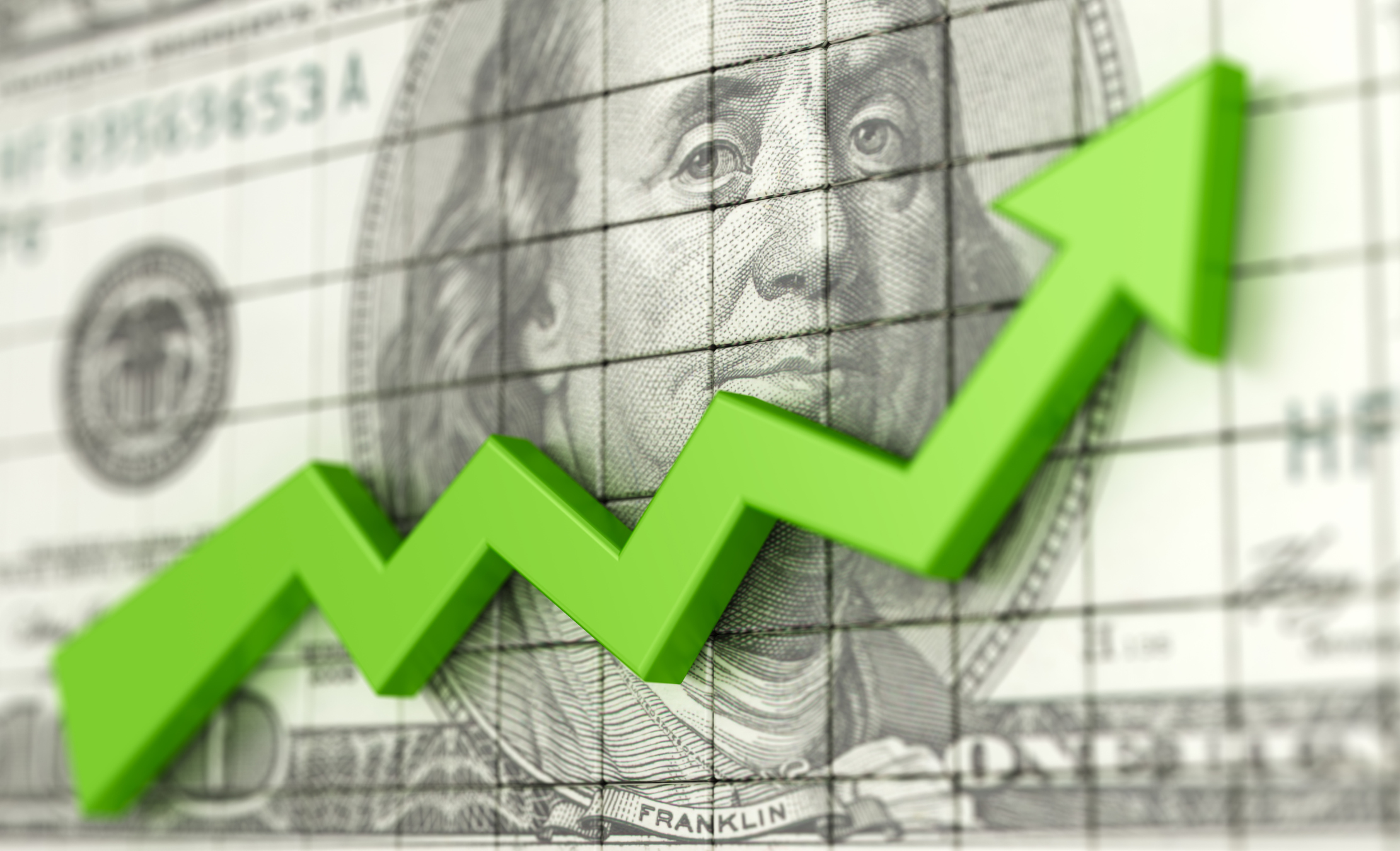
US Dollar Strengthens Despite European Gloom, Focus Turns to US PMI Data
The US Dollar Index (DXY) continued its upward march on Friday, hitting a multi-week high near 105.80 before slightly retreating. This strength comes despite the recent Fed's dovish stance and weaker-than-expected US Retail Sales data. The Greenback's rise is fueled by a combination of factors, including a weaker Japanese Yen, political turmoil in France, and further contraction in European PMIs.
Market Drivers: Global Economic Concerns and Key Data
- Japanese Intervention Warning: Masato Kanda, Japan's top currency diplomat, hinted at potential intervention to curb the Yen's weakness, boosting the USD/JPY pair to 159.00.
- Weaker Eurozone PMIs: Preliminary S&P Global/HCOB PMI data for June revealed a deepening contraction in the Eurozone's manufacturing sector and a slowdown in services, further weakening the Euro.
- US PMI and Existing Home Sales: Traders are eagerly awaiting the release of June's preliminary US PMI data, particularly the services component, and May's Existing Home Sales data, which could provide further insights into the health of the US economy.
Technical Analysis: DXY's Bullish Momentum Persists
The DXY is on track for its third consecutive week of gains, indicating continued bullish momentum. While the index experienced some intraday volatility, the overall trend remains upward.
Key resistance levels to watch include 105.88 and the year-to-date high of 106.51. On the downside, the 55-day, 100-day, and 200-day SMAs clustered around 105.00 provide strong support, followed by the 104.00 level.
Key Takeaways:
- The US Dollar is gaining strength despite mixed economic signals, driven by global factors and a weaker Yen.
- Weak Eurozone PMI data and political uncertainty in France are contributing to the Euro's weakness.
- Upcoming US PMI and Existing Home Sales data will be crucial for gauging the health of the US economy and the Dollar's future trajectory.
